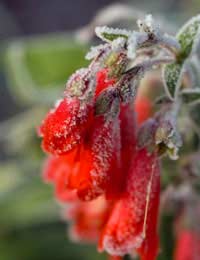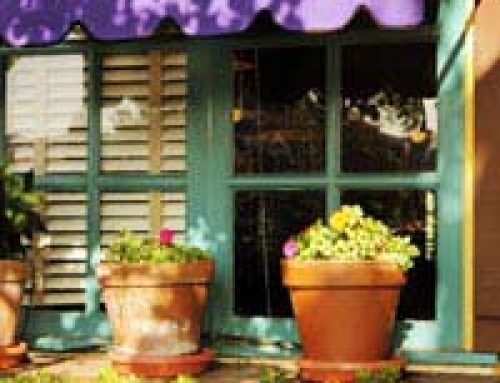 Weather and climate both have a profound effect on gardening, especially so in the UK where the weather can be unpredictable.
Weather and climate both have a profound effect on gardening, especially so in the UK where the weather can be unpredictable.
The most important periods of the year occur during the growing season (between spring and autumn) are sunlight, rainfall, temperature, wind, and frost all play a role in determining the condition of your plants.
Understanding Climate Firstly
Although we can’t always predict the weather accurately, an understanding of the general local climate is possibly even more important to gardeners than the actual weather itself and this can be divided into 3 areas.
Firstly, you should consider the region in which you live, climate can differ depending how far north or south you are. The general rule being that, in the UK, the further south you are, the warmer it tends to be on an average annual basis. Also, the proximity of large bodies of water such as the coast or a nearby lake also has an effect on your garden as water retains its heat at night which impacts upon the local temperature. Altitude should also be considered alongside the direction of prevailing winds.
Then there are the climate conditions within your garden itself. This can differ from garden to garden and the type of house you live in and access to sunlight, the height of fences, the type of soil in the garden and its proximity to water will also have an effect on your garden’s climate.
Finally, you should also consider the microclimate. This relates to the immediate area in which your plants are situated and anything nearby that can impact upon their growth. For example, at different times of the day, parts of your garden may be in the shade whilst other areas may get lots of sunshine. Sloping parts of your garden will also be affected and there may be trees with overhanging branches, hedges and fences or walls nearby which can offer protection or block sunlight.
If you think your plants might be affected by the microclimate, you can always consider moving them to another area of the garden and windbreakers can often help protect plants from the wind.
The Weather
The various elements that constitute our weather all have a daily impact on your garden and what’s growing within it.
In the UK, we’re only too familiar with the fickleness of the weather, especially with regard to rainfall. It can rain at any time, even in the height of summer, but the rainiest period tends to be between October and January. Therefore, during the summer months, gardens need artificially watering a lot more. Winter nights can be quite harsh and when we get sunny winter days, this means clear skies at night and a sharp drop in temperatures which can affect even the hardiest of plants.
In the summer, extremely hot temperatures are perfect for tomato ripening as well as many other fruits which thrive in hot conditions but, on the downside, high temperatures cause the soil to dry out faster, flower petals have a shorter blooming period and seeds can be affected.
Wind, especially strong gales, can damage vegetation, plant pots can be blown over and branches can fall off trees and damage other plants. A hedge or fence located in the right place can act as a windbreaker which reduces the severity of the effects of the wind so it’s useful to establish the direction of the prevailing wind in general.
Frost is one of the biggest problems for gardeners as it’s quite hard to predict when it’s going to occur. A late spring frost, for example, is particularly damaging to plants as it restricts the availability of water necessary for plant survival and it can also damage the structure of the plant itself.
You should try to gain an understanding of how to predict a night-time frost. A clear evening sky anytime between around November and April can be an indication, especially if a northerly wind has been blowing that day. Awareness is probably your best defence against the damage that frost can cause to plants but it can be minimised to an extent if you plant beneath overhanging tree branches or you plant in heavy soil.
You should also know the difference between hardy and tender plants. The hardy ones are those that can survive the frost and tender ones need to be kept indoors or in a greenhouse. Then there are those which can be kept outside when the weather’s fine but need to be brought in if there’s a frost at night.
In conclusion, there are no cast iron solutions to solving climate and weather issues that can affect your garden but an understanding as to their effects can help you make preparations to ensure that the risks to your plants are minimised during the bad weather and that you give them plenty of opportunity to flourish when the weather’s good.




Leave A Comment